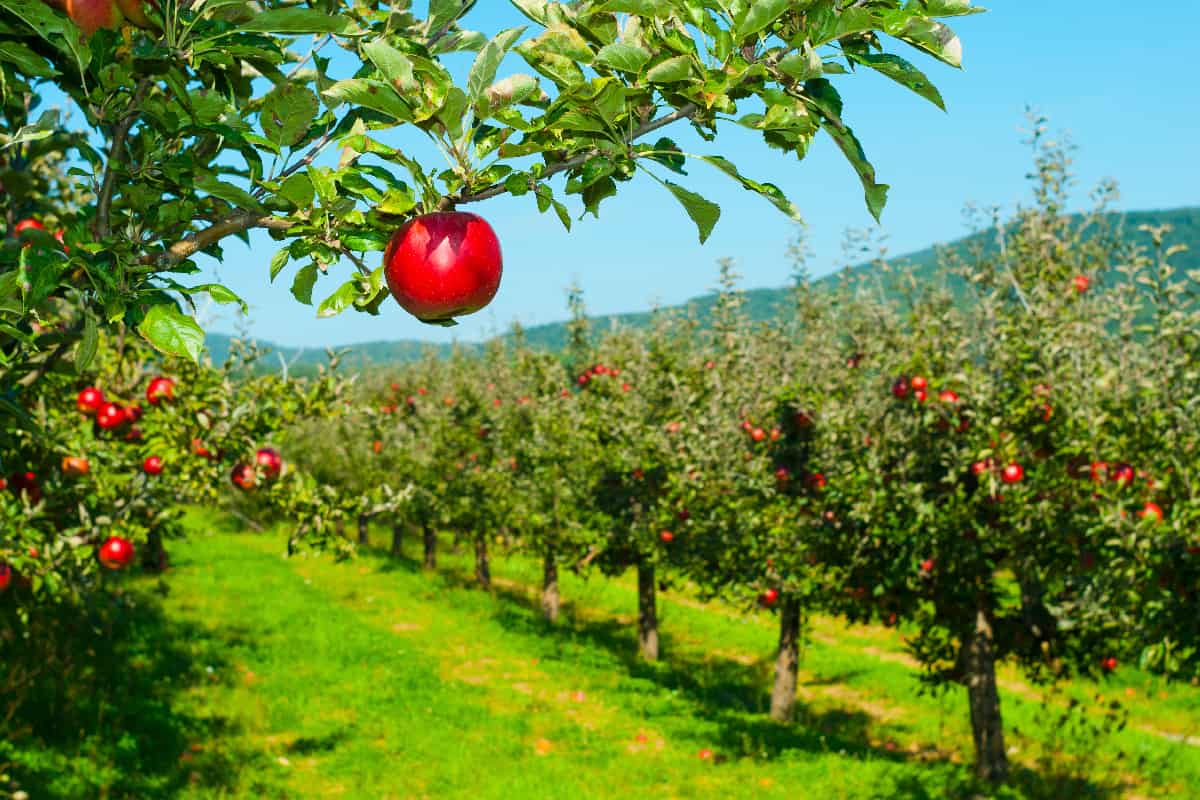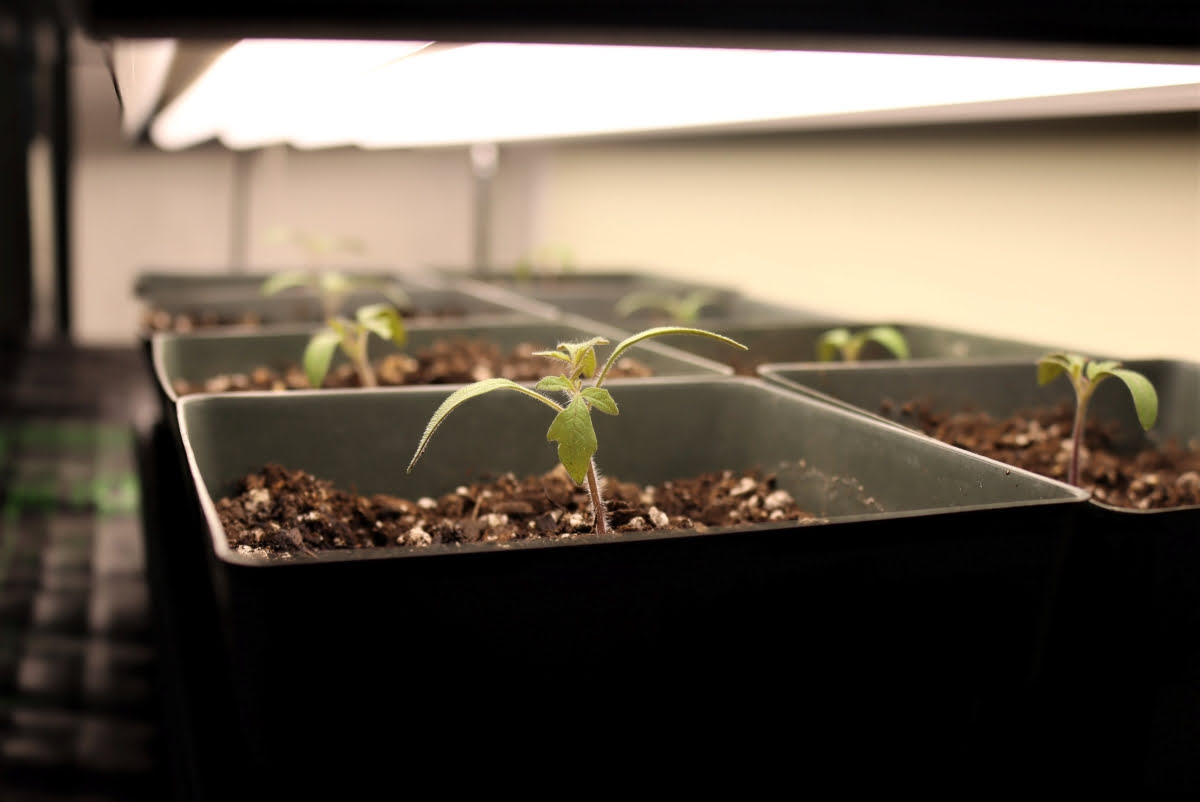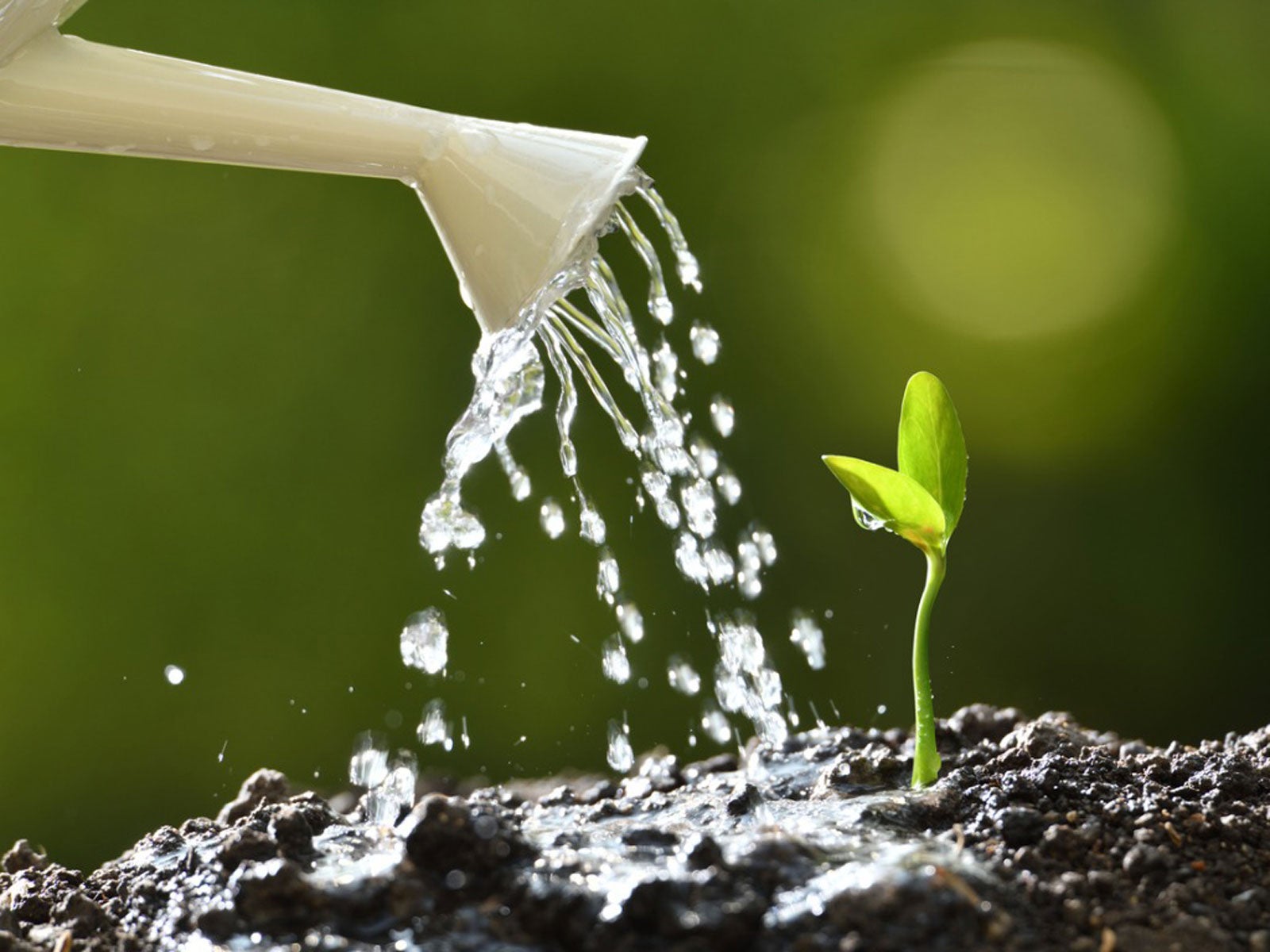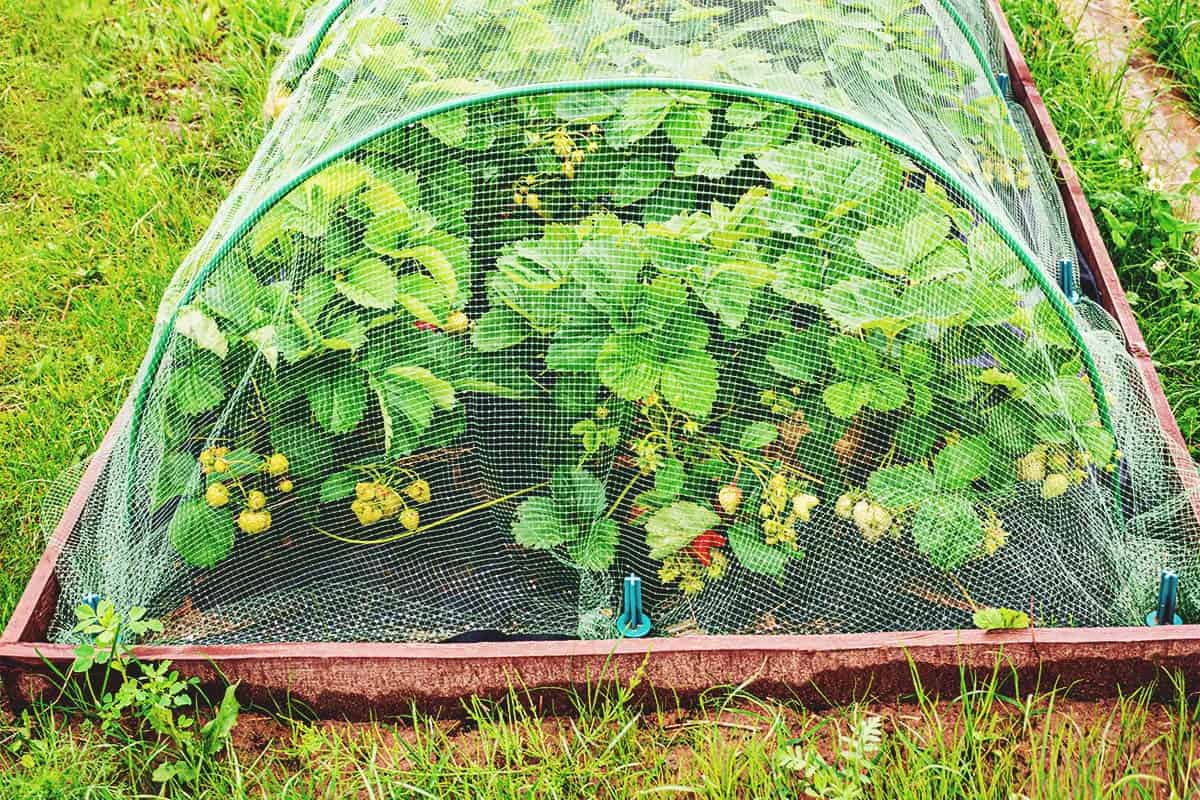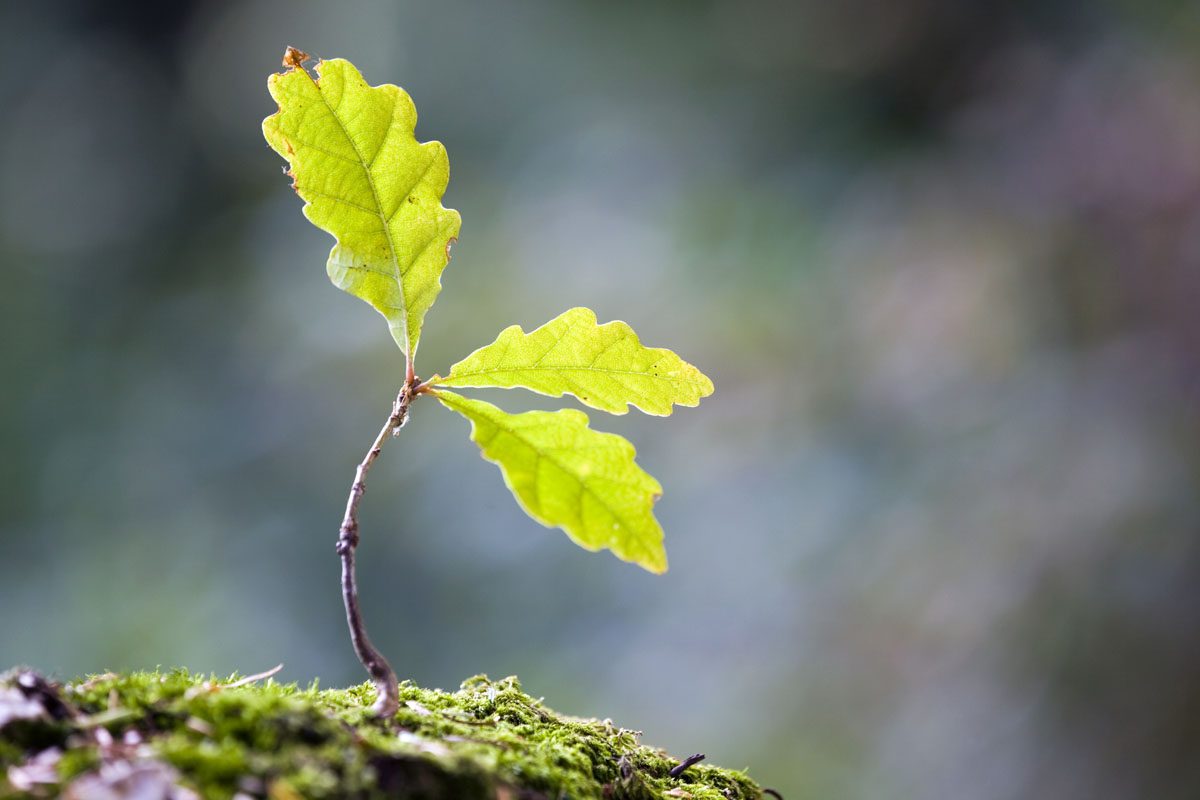Home>Types of Gardening>Ornamental Gardening>How Far Should The Light Be From Weed Seedlings


Ornamental Gardening
How Far Should The Light Be From Weed Seedlings
Published: December 31, 2023
Learn the ideal distance for placing light in relation to your weed seedlings in ornamental gardening. Maximize growth and health with proper lighting techniques.
(Many of the links in this article redirect to a specific reviewed product. Your purchase of these products through affiliate links helps to generate commission for Chicagolandgardening.com, at no extra cost. Learn more)
Table of Contents
**
Introduction
**
Welcome to the world of ornamental gardening, where the nurturing of delicate weed seedlings into thriving, vibrant plants is a labor of love. As an ornamental gardener, your green thumb is your most prized possession, and you understand the significance of providing the best possible conditions for your plants to flourish. One crucial aspect of this care is ensuring that your weed seedlings receive the optimal amount of light, as it plays a pivotal role in their early growth stages.
Light is a fundamental requirement for the process of photosynthesis, through which plants convert light energy into chemical energy, fueling their growth and development. As a result, understanding the ideal distance between the light source and your weed seedlings is essential for their well-being. In this article, we will delve into the significance of light for weed seedlings and explore the factors to consider when determining the appropriate light distance. Additionally, we will provide recommendations to guide you in optimizing the light conditions for your precious weed seedlings. Let's embark on this enlightening journey to uncover the secrets of nurturing healthy and robust weed seedlings through the power of light.
Importance of Light for Weed Seedlings
Light is a fundamental factor in the growth and development of weed seedlings. As these tender plants emerge from their seeds, they are in dire need of an adequate light source to kickstart the process of photosynthesis. This natural phenomenon enables the seedlings to produce their own food by converting light energy, water, and carbon dioxide into sugars and oxygen, essential for their survival and growth.
Insufficient light can lead to a range of issues for weed seedlings, including etiolation, a condition characterized by pale, elongated stems and small, yellow leaves. This is a sign that the seedlings are stretching towards the light in a desperate attempt to fulfill their energy needs. Furthermore, inadequate light can result in weak, spindly growth, making the seedlings more susceptible to disease and less likely to thrive in the long run.
On the other hand, providing the right amount of light encourages sturdy, compact growth with vibrant green foliage, setting the stage for healthy and robust weed plants. Adequate light exposure also contributes to the development of strong root systems, which are crucial for the overall health and resilience of the plants. In essence, light is the fuel that drives the growth and vitality of weed seedlings, making it a non-negotiable element in their care regimen.
Factors to Consider When Determining Light Distance
When determining the appropriate distance between the light source and your weed seedlings, several crucial factors come into play. Understanding and evaluating these elements will enable you to create an optimal environment for the healthy growth of your precious plants.
First and foremost, consider the type of light source you are using. Whether it’s natural sunlight, fluorescent lights, or LED grow lights, each type has its own intensity and heat output. Natural sunlight is, of course, the most powerful and provides a broad spectrum of light essential for plant growth. Fluorescent lights are a popular choice for indoor gardening due to their energy efficiency and suitability for a wide range of plants. LED grow lights offer customizable spectrums and are highly energy-efficient, making them a versatile option for weed seedlings.
Another critical factor is the specific requirements of the weed species you are cultivating. Some varieties may thrive in lower light conditions, while others demand intense light exposure. Researching the light preferences of your chosen weed species will provide valuable insights into the ideal light distance for their optimal growth.
The stage of growth of your weed seedlings also influences the ideal light distance. During the germination and seedling stages, the light source should be placed closer to the plants to provide ample energy for their initial development. As the seedlings mature, adjusting the light distance to accommodate their increasing size and light requirements is essential for sustaining healthy growth.
Additionally, consider the ambient temperature surrounding your weed seedlings. If the environment becomes excessively warm due to the proximity of the light source, it can adversely affect the growth and health of the plants. Monitoring and regulating the temperature in conjunction with the light distance is crucial for creating an optimal growing environment.
Finally, the duration of light exposure is a vital consideration. Weed seedlings typically require around 16-18 hours of light per day during their early stages to mimic the long daylight hours of spring and summer, promoting vigorous growth. As the seedlings mature, gradually adjusting the duration of light exposure to simulate natural seasonal changes is essential for their healthy development.
By taking these factors into account, you can determine the ideal distance between the light source and your weed seedlings, ensuring that they receive the perfect balance of light, warmth, and energy for robust and thriving growth.
Recommended Light Distance for Weed Seedlings
When it comes to determining the optimal distance between the light source and your weed seedlings, a tailored approach based on the specific factors discussed earlier is key. For seedlings being grown under artificial lighting, such as fluorescent or LED grow lights, the recommended distance between the light source and the top of the seedlings typically ranges from 2 to 4 inches. This close proximity ensures that the seedlings receive an ample amount of light energy to fuel their early growth stages.
For natural sunlight exposure, ensuring that the seedlings receive direct sunlight for 16-18 hours per day is crucial for their healthy development. If natural sunlight is not readily available, supplementing with artificial lighting while maintaining a distance of 6 to 12 inches between the light source and the seedlings can effectively mimic the intensity and duration of sunlight they require.
It’s important to monitor the growth and behavior of the weed seedlings closely when determining the ideal light distance. If the seedlings exhibit signs of etiolation, such as elongated stems and pale leaves, it may indicate that they are not receiving adequate light and the light source should be adjusted closer to the plants. Conversely, if the seedlings show signs of leaf burn or heat stress, raising the light source to a slightly greater distance is advisable to prevent damage to the delicate foliage.
As the seedlings mature and their light requirements evolve, adjusting the light distance accordingly will support their continued growth and vigor. Gradually increasing the distance as the seedlings develop and acclimate to the light will prevent issues such as light burn and encourage sturdy, compact growth.
Understanding the specific light needs of the weed species you are cultivating, as well as the type of light source and the environmental conditions, will guide you in determining the most effective light distance for your seedlings. By providing the perfect balance of light, warmth, and energy, you can ensure that your weed seedlings thrive and flourish, setting the stage for a bountiful and vibrant garden.
Conclusion
As an ornamental gardener, your dedication to nurturing healthy and vibrant weed seedlings is a testament to your passion for horticulture. Understanding the pivotal role of light in the growth and development of these delicate plants is a crucial step towards ensuring their success. By considering the type of light source, the specific requirements of the weed species, the stage of growth, ambient temperature, and the duration of light exposure, you can tailor the light distance to create an optimal environment for your seedlings.
Providing the perfect balance of light, warmth, and energy is essential for fostering sturdy, resilient growth and vibrant foliage. Whether you are harnessing the power of natural sunlight or utilizing artificial lighting, the careful adjustment of light distance based on the evolving needs of your weed seedlings will set the stage for a thriving garden filled with lush, healthy plants.
Remember, the journey of nurturing weed seedlings is a dynamic and rewarding process, and your attentiveness to their light requirements is a testament to your commitment to their well-being. By incorporating the insights shared in this article into your ornamental gardening practices, you are poised to witness the transformation of tender seedlings into flourishing, vibrant plants, bringing beauty and vitality to your garden for years to come.
